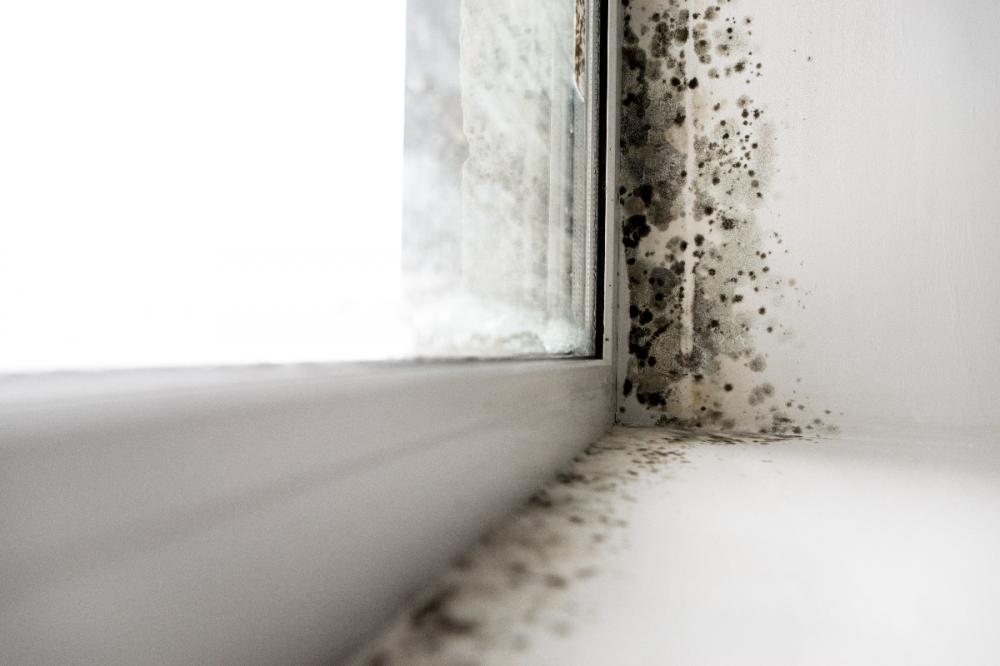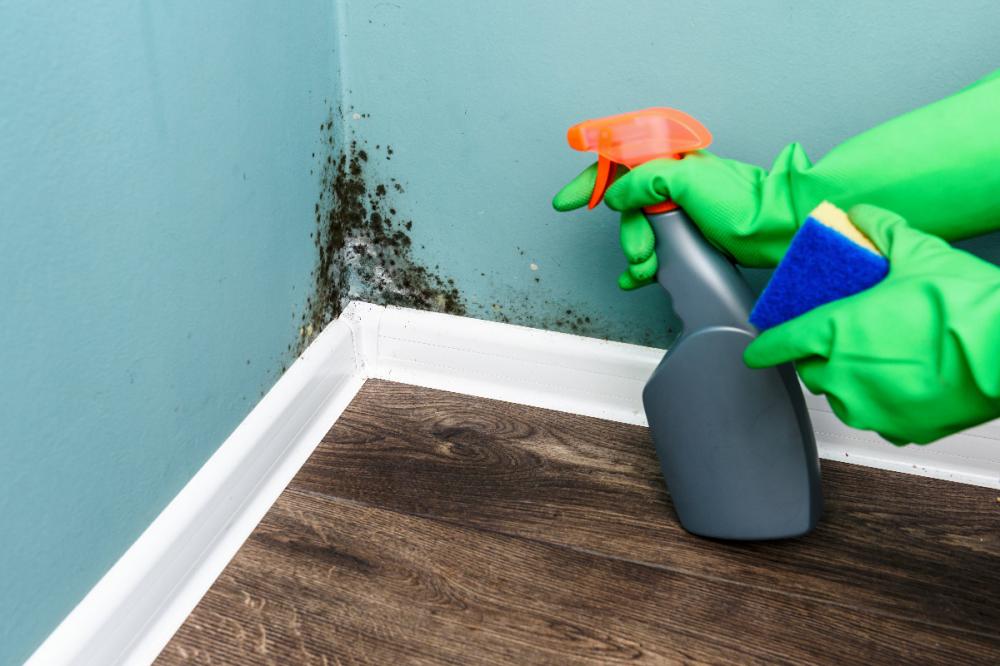search
date/time
 | Lancashire Times Weekend Edition |
4:00 AM 30th October 2021
lifestyle
Mould: Show Your Unwanted Visitor The Door This Winter

Winter is the time for mould to thrive. As we all nestle in for the darker evenings and close our windows and doors to keep the cold out, we’re also opening the door for mould to come in and set up shop. Homes can lack proper ventilation, and as humid air builds, mould can form on any surface, be it wooden furniture, tiles, or even painted concrete walls.

Mould is a regular unwanted visitor to households up and down the country; in fact, it is estimated that 1 in 18 households in the UK experience mould of some form*.
As a non-for-profit housing association, Johnnie Johnson Housing, knows only too well the dangers mould can have and its team takes care of residents by ensuring all windows above ground level are fitted with window restrictors so people can feel confident to open their windows at any time, day or night.
Follow these ten tips to get to grip with mould this winter!
Top 10 tips for getting a grip on mould
1. Open windows whenever you can, especially after baths, showers, when cooking and drying clothes, to let the excess moisture escape.
2. Keep pan lids on when cooking to retain condensation.
3. Try not to hang wet or damp washing over radiators to dry, it will cause considerable condensation. Dry the clothes outside if you can.
4. If your windows are fitted with trickle vents, check they are open.
5. Use an extractor fan, where supplied.
6. Make sure there is a gap between your furniture and the walls.
7. While heating can be expensive, very cold rooms often get damp and mould. If possible, set the radiator valve to 1 in unused rooms so the radiator gives out a little bit of heat whenever you have the heating on.
8. Remember to air unused rooms from time to time and any wardrobes or cupboards.
9. Clean any mould with a bleach spray to remove any staining that mould can cause. Leave to dry overnight and then spray the affected area with an anti-fungal wash and leave to dry. Take necessary precautions when using chemicals.
10. Consider treating affected areas with mould-resistant paint once mould has been removed.
1. Open windows whenever you can, especially after baths, showers, when cooking and drying clothes, to let the excess moisture escape.
2. Keep pan lids on when cooking to retain condensation.
3. Try not to hang wet or damp washing over radiators to dry, it will cause considerable condensation. Dry the clothes outside if you can.
4. If your windows are fitted with trickle vents, check they are open.
5. Use an extractor fan, where supplied.
6. Make sure there is a gap between your furniture and the walls.
7. While heating can be expensive, very cold rooms often get damp and mould. If possible, set the radiator valve to 1 in unused rooms so the radiator gives out a little bit of heat whenever you have the heating on.
8. Remember to air unused rooms from time to time and any wardrobes or cupboards.
9. Clean any mould with a bleach spray to remove any staining that mould can cause. Leave to dry overnight and then spray the affected area with an anti-fungal wash and leave to dry. Take necessary precautions when using chemicals.
10. Consider treating affected areas with mould-resistant paint once mould has been removed.
*Data from Axa Insurance 2019 report